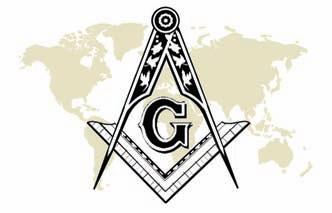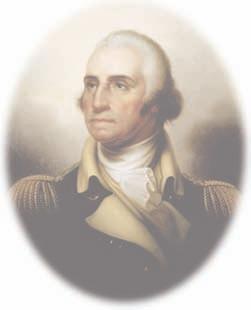MEMBERSHIP IN THE GRAND LODGE
Membership in the Grand Lodge EDITORIAL NOTE: This article was prepared before his death by Carl R. LeVine, Grand Historian, for publication in The Voice of Freemasonry. It serves to remind us of the breadth of Carl’s interest in all facets of Masonry in the District of Columbia.
J
uly 4, 1776 has always been considered by the American people to be the date of this country’s independence from England. Yet it was not until April 4, 1789 that the government of the United States of America held the first session of Congress in Federal Hall in New York City. President George Washington and Congress very quickly saw the necessity for a permanent home for the new republic and decided to meet in Philadelphia for the next 10 years until such a place could be prepared. The president, with three Commissioners operating under his direction, decided upon and fixed the boundaries of a 10-mile square of territory which included the cities of Alexandria in Virginia and Georgetown in Maryland on both sides of the Potomac River. The cornerstone of the new Federal District was placed on April 15, 1793, with full Masonic ceremonies, Since there was no capital city when the boundaries of the Federal District were laid out, the plan was to build an entirely new city in an area within the district that was set apart for it. The entire 100 square mile area of the Federal District included Alexandria, Georgetown, and the City of Washington, and in 1811 it had a total population of only 24,023. Five lodges, with a total membership of around 250, constituted the Grand Lodge in that year. At the end of the first decade, in 1821, the returns of the lodges showed a total of only 210 members, despite the addition of two lodges during that period. WB Kenton N. Harper, in his History of the Grand Lodge and Freemasonry, offers a possible explanation of this falling off of numbers. In that work he states that “attention should be given to the fact that instead of separate units owing allegiance to distant Grand Bodies, the Lodges were welded together with common interests, and responsible to a common authority at their very doors, and this condition might well be supposed to result in the exercise of more special care in the selection of material and the weeding out of objectionable timber.” The Voice of Freemasonry
22
Carl R. Le Vine,
Grand Lecturer Emeritus
The William Morgan affair, beginning in 1826, created such an ominous cloud of public suspicion and political outrage that the very existence of the Craft was threatened. Many Lodges, particularly in the northern part of the country, were hit hard. The Grand Lodge of the District of Columbia seemed to hold up fairly well in the period 1827 - 1829, perhaps because of having some influential support in the Capital. Anti-Masonry reached its climax during the period 1229—1832; however, the members of the Grand Lodge, while not going into hiding “adopted a policy of careful circumspection and governed themselves accordingly.” All of this must have influenced the acquisition of new members because at the end of 1830 the total membership was still under 300. Between the years 1829 through 1845 the proceedings of the Grand Lodge were not printed and membership data available is uncertain and fragmentary. But it may be safely surmised that the membership in the Grand Lodge may have reached its lowest point sometime during those years. As political and public pressures began to subside, the well being of the Grand Lodge improved, and with the resumption of normal activities, the yearly proceedings were regularly printed. At the close of 1850 the total membership of the then eight working Lodges had grown to 405. The viability of the Grand Lodge continued to improve during the next decade. The proceedings grew in size and specifics, with more extensive coverage of all Grand Lodge work, and the returns of Lodges were reported in detail. By the end of the fifth decade the total number of members had reached 829. During the difficult years of the Civil War, or as the fraternity was wont to refer to it - The War Between the States - the Grand Lodge took the position that “no war existed between the brethren of the Craft in Lodges or as Masons out of it whatever their political loyalties might be.” The general public was convinced anew of the good effects of the fraternity.







